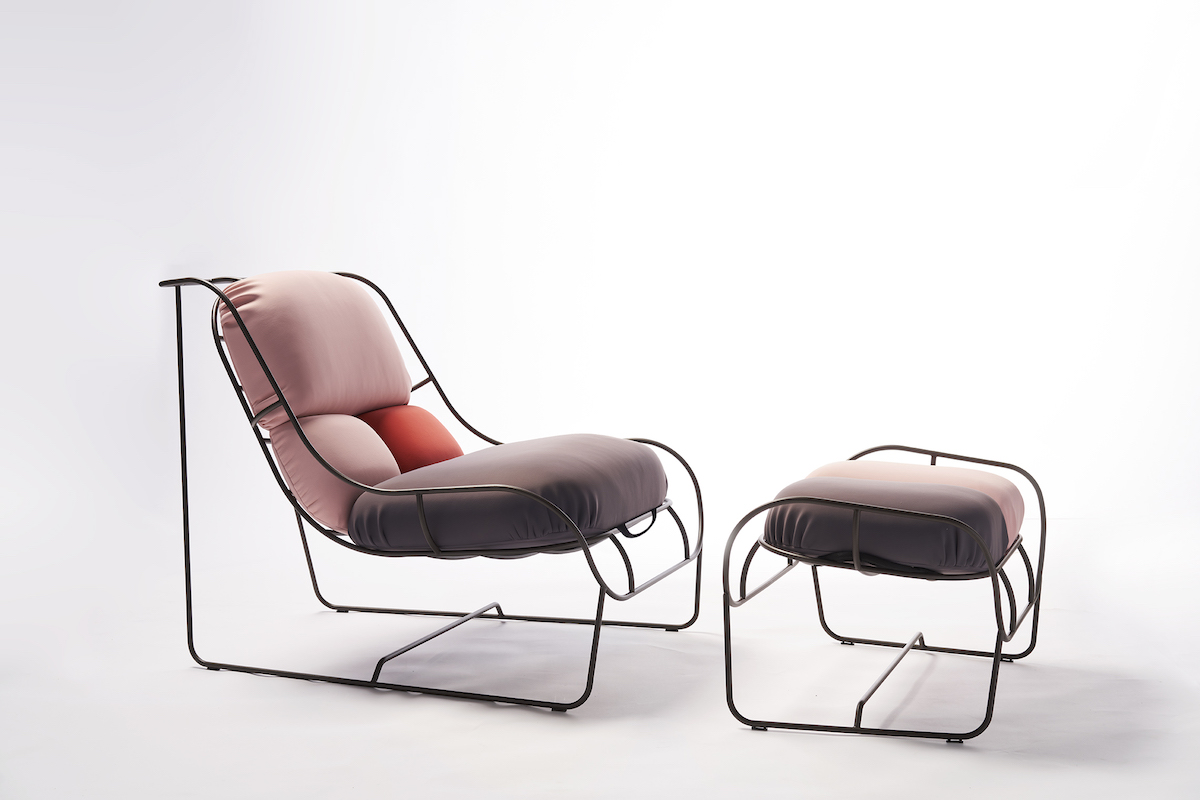The history of Poltronova crosses over half a century of design. And it is an unusual tale. Founded in 1957 at Agliana (PT) by the entrepreneur – and designer – Sergio Cammilli, the company had Ettore Sottsass as its art director for 15 years. The idea of Cammilli, a sharp, curious observer of his time, was to make room for many different voices on the Italian scene: so along with products of widespread market success, like the accessorized partitions designed by Angelo Mangiarotti, the Poltronova catalogue also contains courageous experiments few people were ready to understand, at the time, although these same items are now found in the collections of major museums.

In 2001 Roberta Meloni, having acquired a majority share, began to rethink the company, and in 2005 she created the Poltronova research center, whose archive was indicated in 2013 as a resource of “outstanding historical importance” by the Archival and Bibliographic Superintendency of Tuscany. From this point, with the work of Donatello D’Angelo, the company’s artistic director, a strategy has begun to assign value to a catalogue of revolutionary and fascinating projects, alongside publishing activities for the regular production of documentary volumes.
How did you arrive at Poltronova?
My family was already involved, and while I was studying architecture Gianni Pettena, my teacher, sent me to conduct research inside the company. The founders were no longer active, and I had the impression that the company didn’t really know where it was headed. Efforts were made to transform, to regulate this strange entity that had always gathered together completely different ideas about living. I felt that was a big mistake. In the end, due to the consequences of their actions, everyone left the firm, leaving me holding the bag, as it were. So I decided to accept the challenge.

Why?
I thought it was impossible for such an important heritage not to function. For me, those objects were something pertaining to our culture, our society. Something important. Not just a chair or a table.
What were your first decisions?
It was necessary to concentrate on the historical core of great projects, which were also still in production, and to make sure they were still being made as intended. We had the good fortune of being able to rely on long-term employees, an enormous living archive composed of people who had also salvaged many drawings and models. Then we began to work on how to narrate those projects. Having worked on the archive, I knew that it contained excellent photographic documentation, and all of our designers sent us the materials in their possession. At that point, instead of using new images that would show the object but not its history, we began to utilize pictures from the past, the ultimate segment of the project. We began to work on exhibitions, also loaning out the pieces in our archive. This was a positive practice, which we have revived.


How do you explain this success so many years later?
It is as if there were finally an understanding of the need to have personalities of outstanding character inside the spaces in which we live. I remember that Sottsass – who we saw for a long time, going to Milan once a month – said, “I need objects that send me energy, and I send them energy as well.” Over time, I have realized that the pieces in our catalogue are almost companions, for many people. I see this in the requests for restoration we receive, also for objects that have no longer been in production for many years. We could refuse to accept these orders, but it fills me with joy to know that someone wants to make these requests, even after 20 or 30 years.

What is the catalogues bestseller?
At the moment it is Ultrafragola: because it’s pink, it has curves, it is two-dimensional, graphic, and is placed on a wall. In the history of Poltronova it was the object most severely criticized, a total fiasco. Who knows if Ettore is up there somewhere, laughing at the fact that it has become a selfie mirror. Another popular item is Superonda by Archizoom, another flop when it was released. In any case, at the time no one was thinking about limited-edition design, the creators wanted their objects to enter many homes. There was a desire for rejuvenation. Their idea of life was summed up in the slogan for the Safari sofa (also by Archizoom): “Unclutter your living room unclutter your life. This is a piece that is prettier than you, a piece you do not deserve.” I’m amazed at how these objects can still be so provocative. Their designers were clearly visionaries, but we should remember that we are talking about fifty years ago.

Plans for the future?
To get there, first of all (laugh). We will be presenting a carpet were are making together with Lapo Binazzi (another name that has always gravitated around the company). And then new versions of the Canton bench by Franco Raggi, variations of a piece we already had in the catalogue: so I do not consider it a true novelty. We are also finishing a book on our graphic design, from the outset: 1958-2022. This too deserves to be re-examined, since it has been overlooked for too many years.







